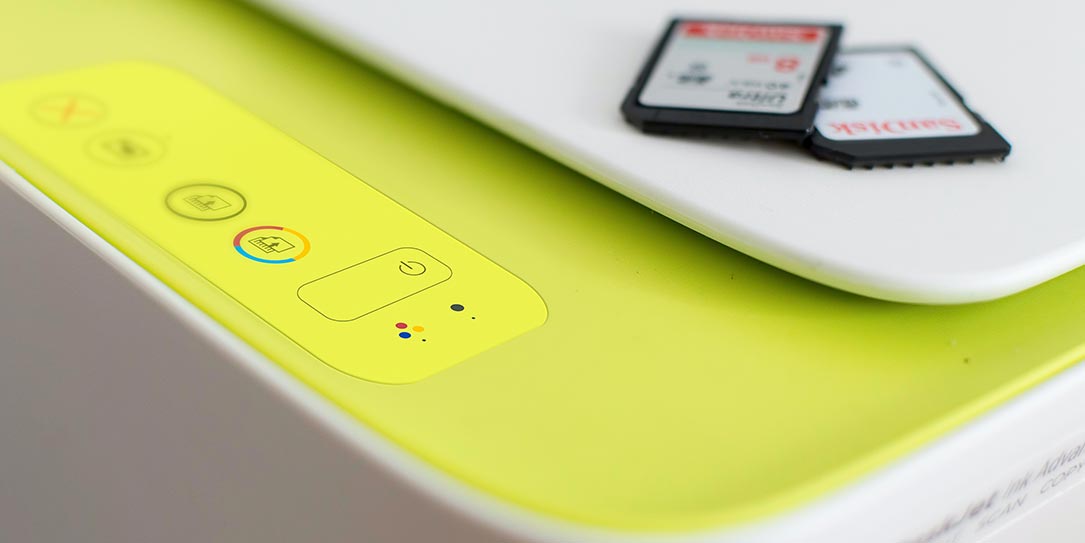Are you looking for durable printed products with premium colors and HD quality? The best displays for graphic clothing, home decor, and advertisements? Use the dye-sublimation design for realistic, long-lasting graphics. Here, we will look at what sublimation printing refers to and everything you need to know about this technology, including the pros and cons.
Understanding sublimation printing
Sublimation printing refers to digital printing technology. In this, the computer-aided design is directly done on the fabric through distinctive transfer paper. The designs get printed on a sheet of paper.
Then, they use the movable paper to print the design on the fabric with the heat press’s assistance. Currently, designers love to create stylish and durable designs. For this reason, they use PC software broadly to create cool designs. The program helps a lot in creating high-quality designs that do not fade in a diversity of colors.
How does sublimation printing work?
Sublimation printing refers to dye-sublimation on canvas. The process utilizes CMYO (Cyan, Magenta, Yellow, and Black Inkjet). Hence, before printing, the CMYO cartridge gets set for a clear overprint. After its set up, the CMYO printer designs the dye on sublimation transference paper, which is paper that accepts specifically treated dye.
The next stage is to transfer the print from the paper to the fabric. The paper “sticks” to the substrate, which is the tissue that will get printed. Polyester fabric is the most preferred in this instance due to its unbeatable compatibility with textile dyes and sublimation printing technology.
Please note that even though polyester is a much better choice, you can use any other polymer-made fabric.
Once the paper and fabric get “married,” the subsequent step requires you to put the composition in a compressor. This unit generally contains rollers that get heated to 400 degrees Fahrenheit. The fabric and paper get fed through hot rollers at low speed. When it enters the cylinders, pressure and heat enlarge the polymer fibers and turn the ink into gas.
The gas (ink gas) then gets poured into the small openings of the material. Simultaneously, the fabric gets cooled with the openings closing again, then pressure, heat, and cooling transfer the dye to the material’s openings, making a continuous color.
What you require during the process
For an efficient and successful sublimation printing process, the following are the essential tools that you require.
1. Sublimation printer
You require this specialized printer to create unique and durable designs on clothing and other materials. Fortunately, unlike some years ago, sublimation printers are now available in a range of styles.
2. Sublimation paper
If you have the sheet, all you require to do is tailor the design on your computer, then transfer it to sublimation paper (transfer paper) using a sublimation printer. You may then transfer this design from the sheet to your canvas using applications of pressure and heat.
3. Computer and design program
Computer and design programs are the foundation of sublimation printing. Intrinsically, it would be best if you had a high-end PC with well-matched design software.
4. Cutting equipment
It can be a simple knife or a rotating blade for minor homemade rounds. It can be an X/Y flat digital cutter or table cutter for large business operations.
5. Heat press equipment
Heat press equipment generates heat up to 400 degrees Fahrenheit all through the sublimation process.
The printing machine allows transfer paper and the ink to become gaseous and seep through the fabric’s pores.
6. Transparent ink
This ink can change from solid to gaseous without the aid of the liquid phase.
It is essential to apply this type of ink because only when it changes into a gas can it permanently penetrate the polymer fibers and stain the fabric.
Varieties of materials printable with sublimation printing technology
Sublimation printing gets applied to various types of polymers or polymer-coated equipment. It has strict restrictions on the kind of fabric to use. However, for non-textile materials, it is possible to print various types of materials, including;
- Wood
- Aluminum
- Ceramics
- Plastic
- Vinyl
- Glass
- Nylon
Advantages
Sublimation technology is undoubtedly huge, making it one of the most widespread digital printing techniques in the printing industry.
Its benefits are as follows:
- Reduced delivery times
- Ease of printing
- Allows full-color spectrum
- Easy to customize
- Allows full-color pictures
- Profitable
Disadvantages
Like everything, it can have imperfections and no exception with sublimation printing.
Some of the drawbacks with the sublimation printing technology are:
Very expensive
The inks and machines needed for sublimation printing are very expensive. Often this cost gets included in the price of sublimated products.
Inadequacy of the material that can get printed
Sublimation printing is not generally done on any material.
They should formulate the materials to get printed to make the process more efficient.
Limitation of colors on the printed matters
Through sublimation printing, the material should be white or light-colored. It is because sublimation utilizes dyes that mix with the fabric. Hence, sublimation printing may not be perfect for darker printables.
Difficulty handling colors in sublimation printers
The sublimation process gives you access to a full spectrum of colors. However, you can find these colors and printer management challenging to handle. You require advanced devices (with power controllers) and expertise to do this.
White folding
If not performed correctly, sublimation printing can leave white wrinkles on your fabric. Therefore, it is imperative to ensure that your design reaches every point of the garment that needs to get printed.
Also, make sure there is no part of your garment that will fold during printing. To prevent white wrinkles in your clothes, you must also make sure that no moisture is on the transfer sheet.
Conclusion
If you need digital printing services, sublimation printing is the best choice. Discussed above is everything that you need to know about sublimation printing. Including the tools you require, the advantages and the disadvantages.
What do you think about sublimation printing? Is it something you’ve done or are interested in trying out? Let us know in the comments below or on Twitter, Facebook, or MeWe.
Last Updated on February 3, 2021.











